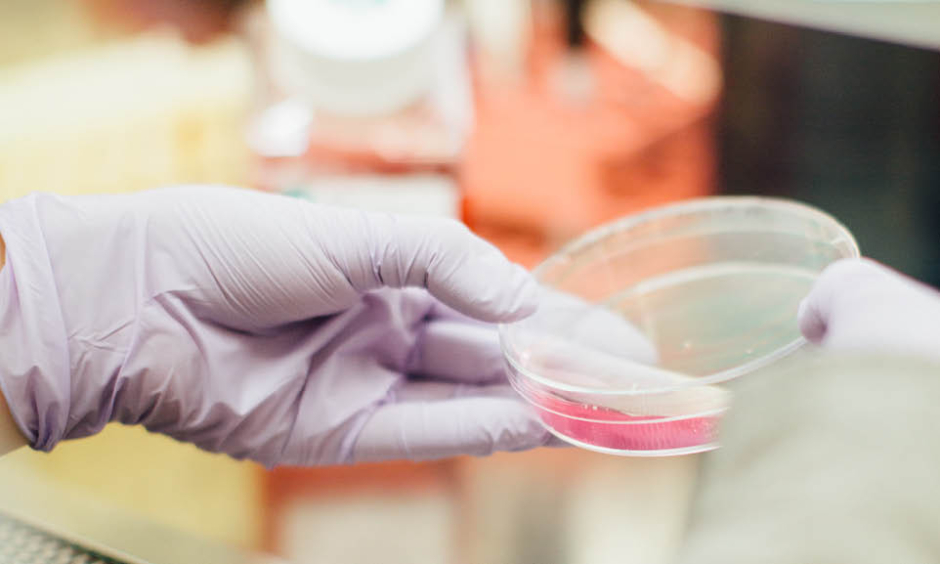Despite chlamydia being the most prevalent sexually transmitted bacterial infection worldwide, the antibiotic treatments available are largely unspecific. Doxycycline and azithromycin are the mainline drugs used, which not only eliminate bacterial chlamydia but also disrupt the natural flora of the microbiome. Chlamydia’s infection mechanism involves entering a host cell, replicating, and spreading to neighbouring cells. It has a sophisticated host defence system which involves adapting to the host’s cellular environment by taking in host DNA. A recent study lead by Dr Scott LaBrie of the Department of Molecular Biosciences, University of Kansas, Kansas, USA, sought to discover more about the proteins involved in chlamydia’s host defence to identify a critical host defence protein, with the view to being able to specifically target the chlamydia bacteria.
LaBrie and his colleagues, as well as co-author Robert Suchland of University of Washington, Washington, USA, utilised the “transposon mutagenesis” molecular tool to generate mutations in single genes thought to be involved in the DNA up-take mechanism. Using both in vitro and mouse models, more than 80 genes thought to be of critical importance for chlamydia survival and adaptation were mutated, and the subsequent phenotype observed. Analysing both growth and infection rates, the team identified one crucial gene in chlamydia’s bacterial chromosome named ‘ct339’. The critical gene encodes a protein involved in up-taking host DNA, without which chlamydia struggles to infect the host effectively.
The successful discovery of such an essential gene is attributed to transposon mutagenesis; LaBrie is an advocate of this technique and stated, “we hope this tool can highlight different genes and their products, which then could be targeted for therapeutics.” Specific targets in therapeutics are essential to preventing unwanted side effects in patients, such as damage to the microbiome. It is hoped that this discovery of ct339 will lead to development of either a protein inhibitor drug or vaccine that will be specific to the surface of the protein.
The authors anticipate that in finding a specific target to chlamydia’s virulence mechanism they have shown the success of transposon mutagenesis as a tool, which could lead to development of new treatments not only in chlamydia, but also other bacterial infections.








